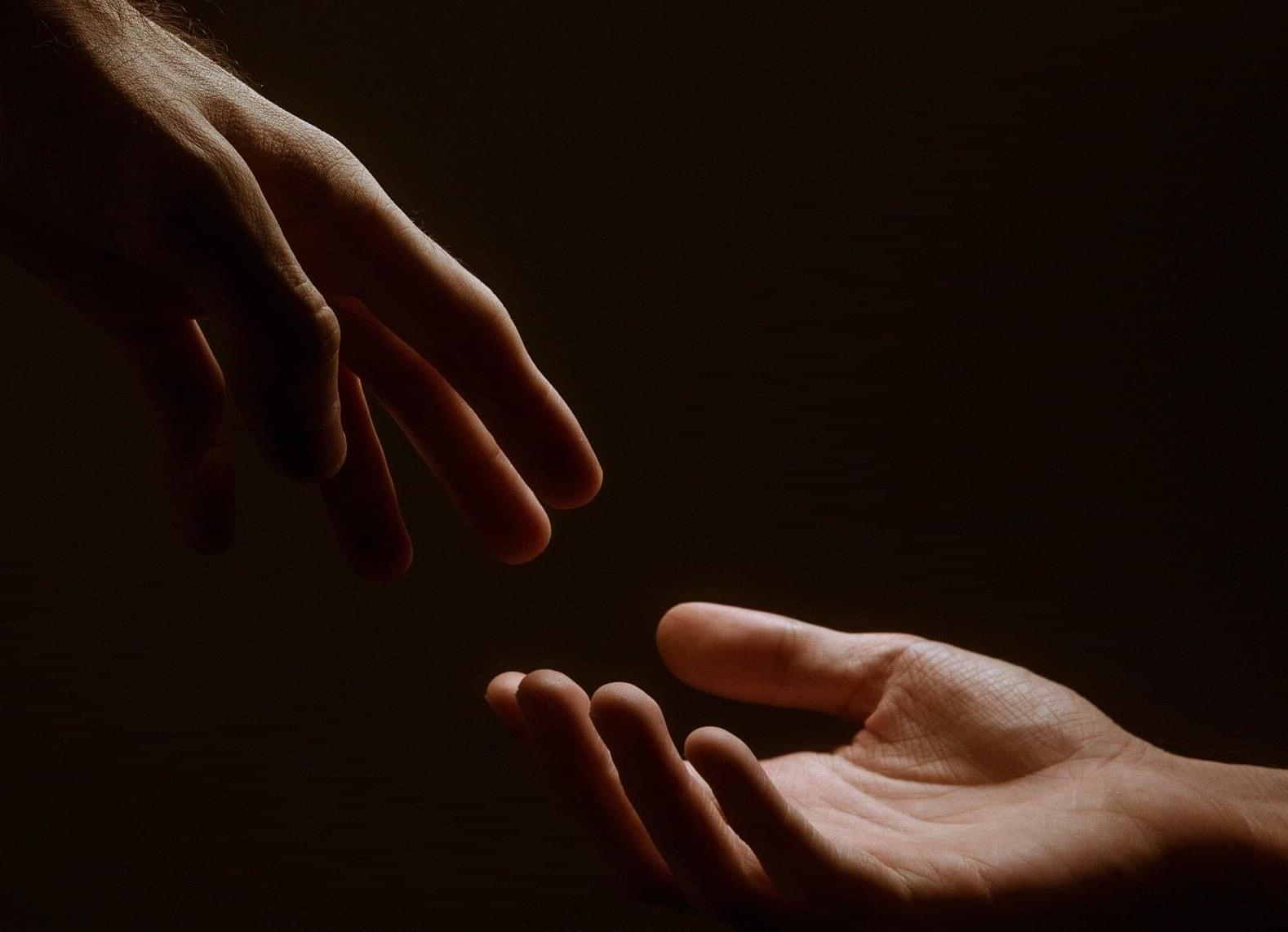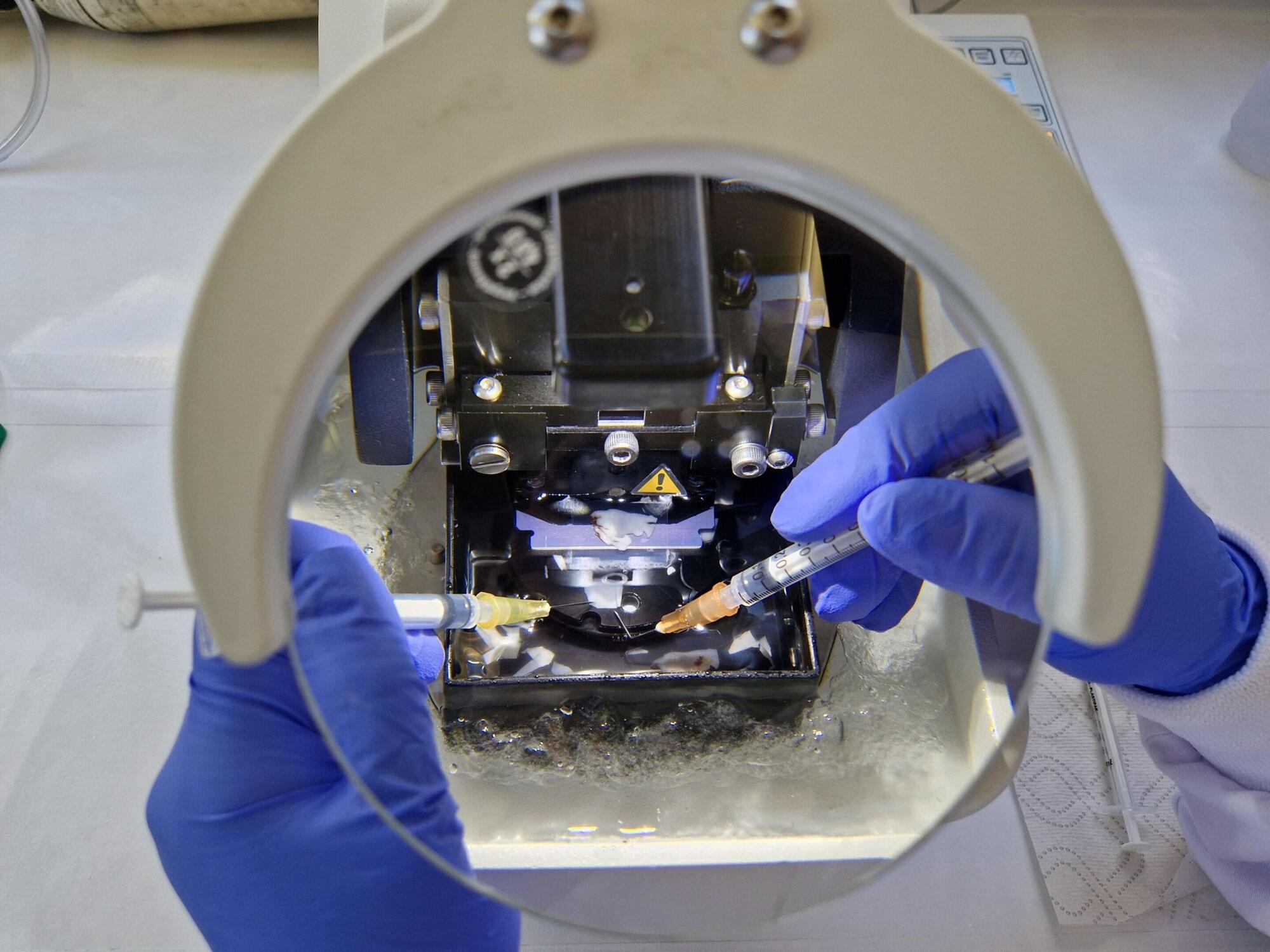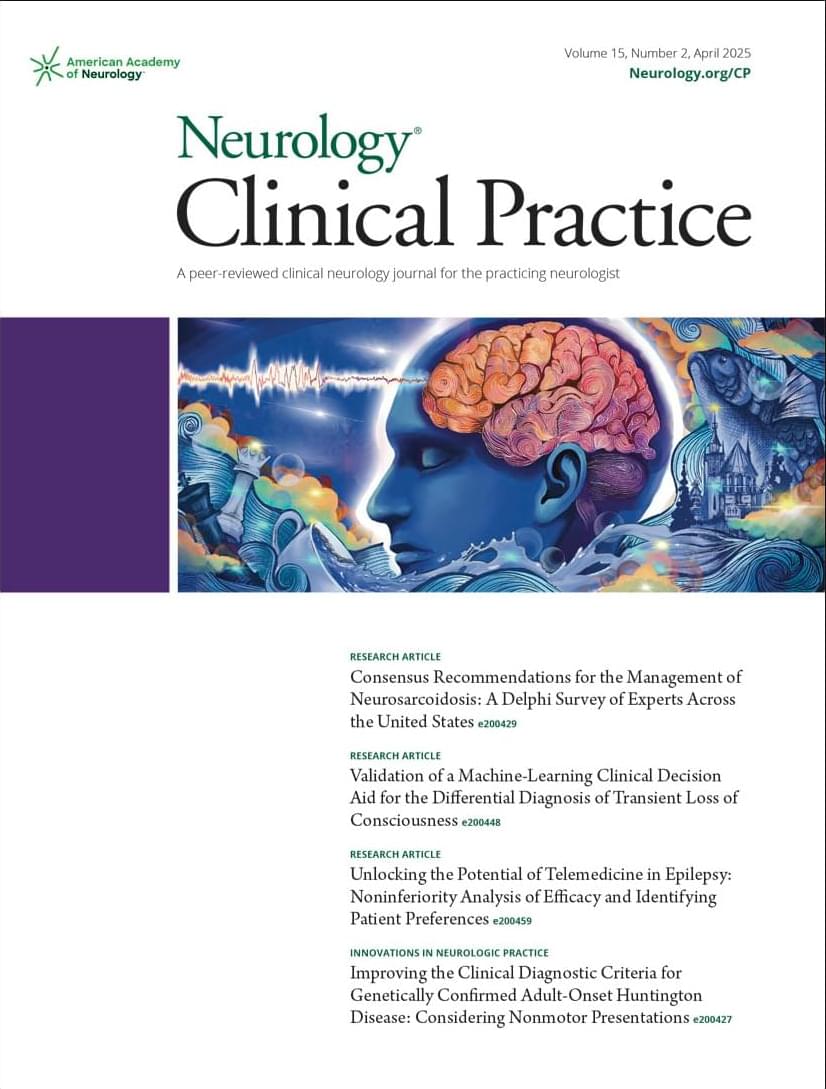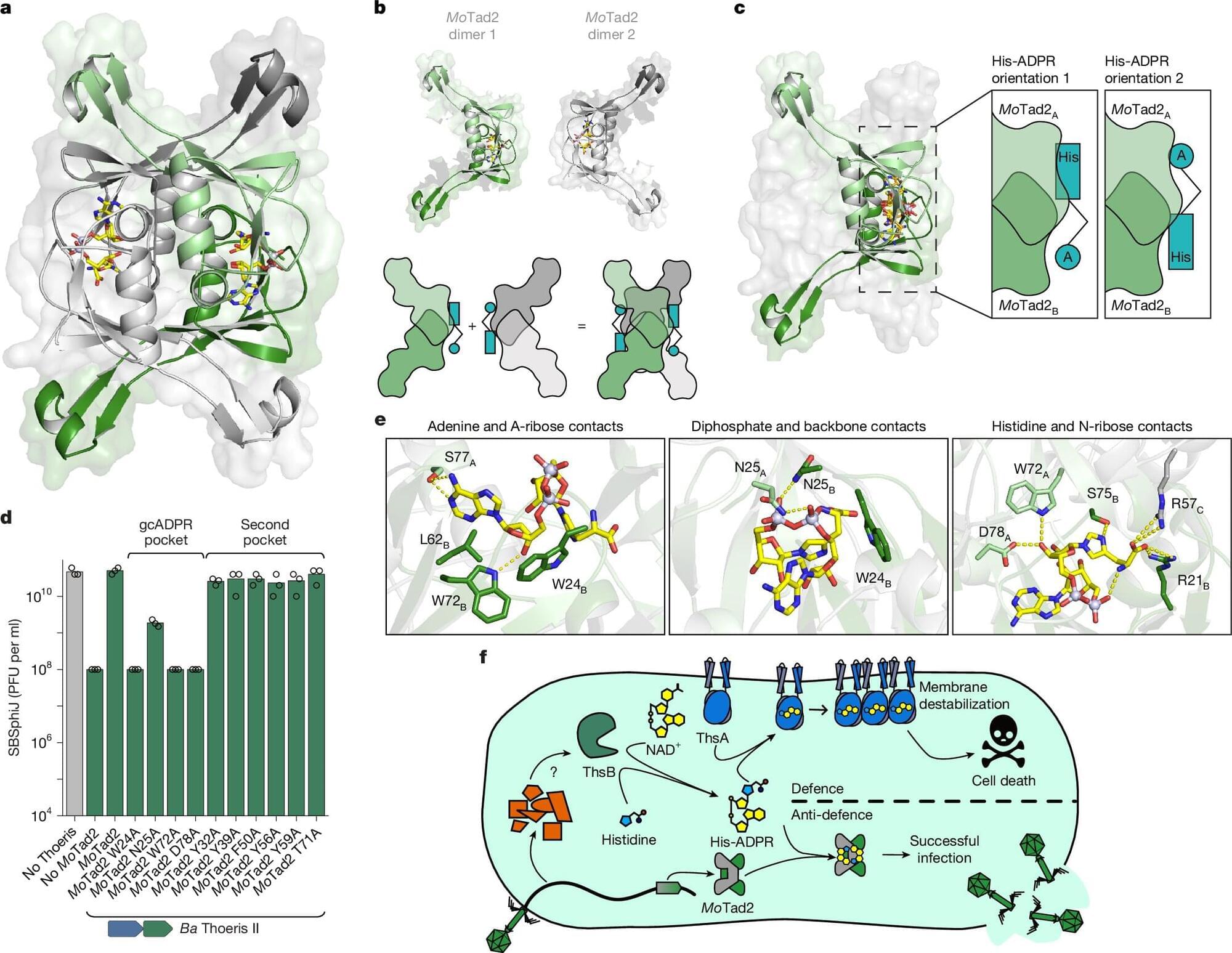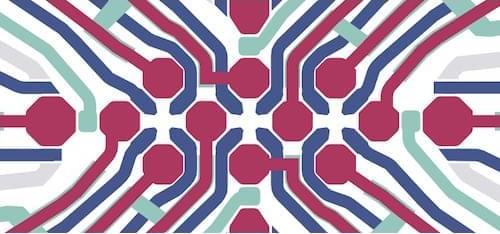University of Pittsburgh School of Medicine scientists are one step closer to developing a brain-computer interface, or BCI, that allows people with tetraplegia to restore their lost sense of touch.
While exploring a digitally represented object through their artificially created sense of touch, users described the warm fur of a purring cat, the smooth rigid surface of a door key and the cool roundness of an apple. This research, a collaboration between Pitt and the University of Chicago, is published in Nature Communications.
In contrast to earlier experiments where artificial touch often felt like indistinct buzzing or tingling and didn’t vary from object to object, scientists gave BCI users control over the details of the electrical stimulation that creates tactile sensations, rather than making those decisions themselves. This key innovation allowed participants to recreate a sense of touch that felt intuitive to them.
